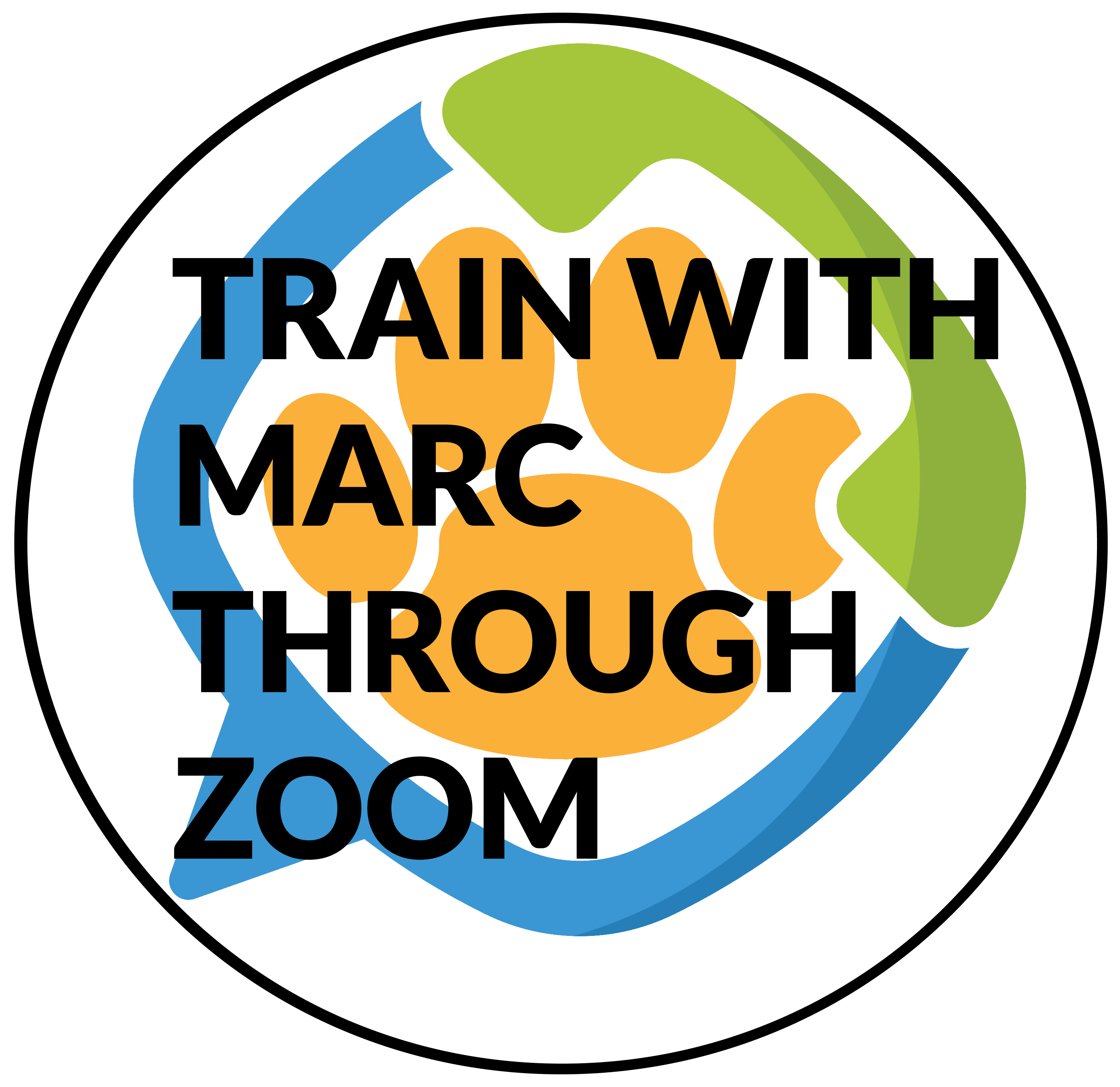If you’re starting the training process with your puppy or dog, you might already be familiar with what a dragline is: a leash attached to your puppy’s collar that drags along behind them under your supervision.
It makes the training process easier by allowing you to quickly intercept any negative behaviors they express, like jumping on people and furniture. It also helps your pet get used to the leash, and makes it easier for you track their whereabouts. If you’re new to puppy training though, you may have further questions about the details of draglines – specifically, the best type of leash to use.
What Details To Look For
You don’t have to buy an expensive or top-of-the-line leash for your puppy’s dragline. In fact, the simpler the better. After all, it’s an initial training tool whose purpose is to be dragged on the ground. It’s not meant for lifetime usage.
However there are some features you should make sure your dragline has to make training safer and more effective:
- Length – Your drag line should be at least eight feet long, but 15 feet is probably ideal, especially if your puppy is a fast runner. The extra length gives you more time to grab it if, for example, they dart out the door.
- Material – Nylon is usually the best material choice because it’s light and reasonably sturdy. Draglines made of leather could encourage chewing and chain can make excessive noise that could distract or frighten your puppy.
- Color – Bright colors like neon orange or yellow are best for maximum visibility, allowing you to quickly and easily grab it if you need to or keep you and others from tripping over it.
- No Handles – A handle on the end can easily tangle in your puppy’s legs as they’re running around and trip them or get caught on something around the house, potentially breaking your things and choking your puppy. If you can’t find a nylon leash without a handled end, you can use a piece of nylon rope looped around your puppy’s collar instead.
NOTE: A word about safety. Using a dragline helps your puppy be safer because you can step on the line if he’s about to chew an electrical cord or jump on a counter where you store knives. But only use a dragline when you can carefully observe your puppy so the line doesn’t get tangled and choke him.
There are lots of options available for you to use as a dragline, but don’t get overwhelmed by choice. If you follow these general guidelines and make sure to always supervise your puppy while they have their dragline on, your puppy and the training you’re working on with them will be fine.
Chicago Dog Trainer Offers Dragline Puppy Training and More
A dragline is a great way to establish boundaries and expectations and build a positive relationship with your puppy. Just follow our tips to make sure that the specific one you choose is the right kind for the job.
If you’d like further instruction on puppy training and how to properly use a dragline, Chicago Dog Trainer can help you. Marc Goldberg and his team offer online dog training services and support, as well as in-person training for those in the Chicago area. Contact us today by calling 224-407-2131.





